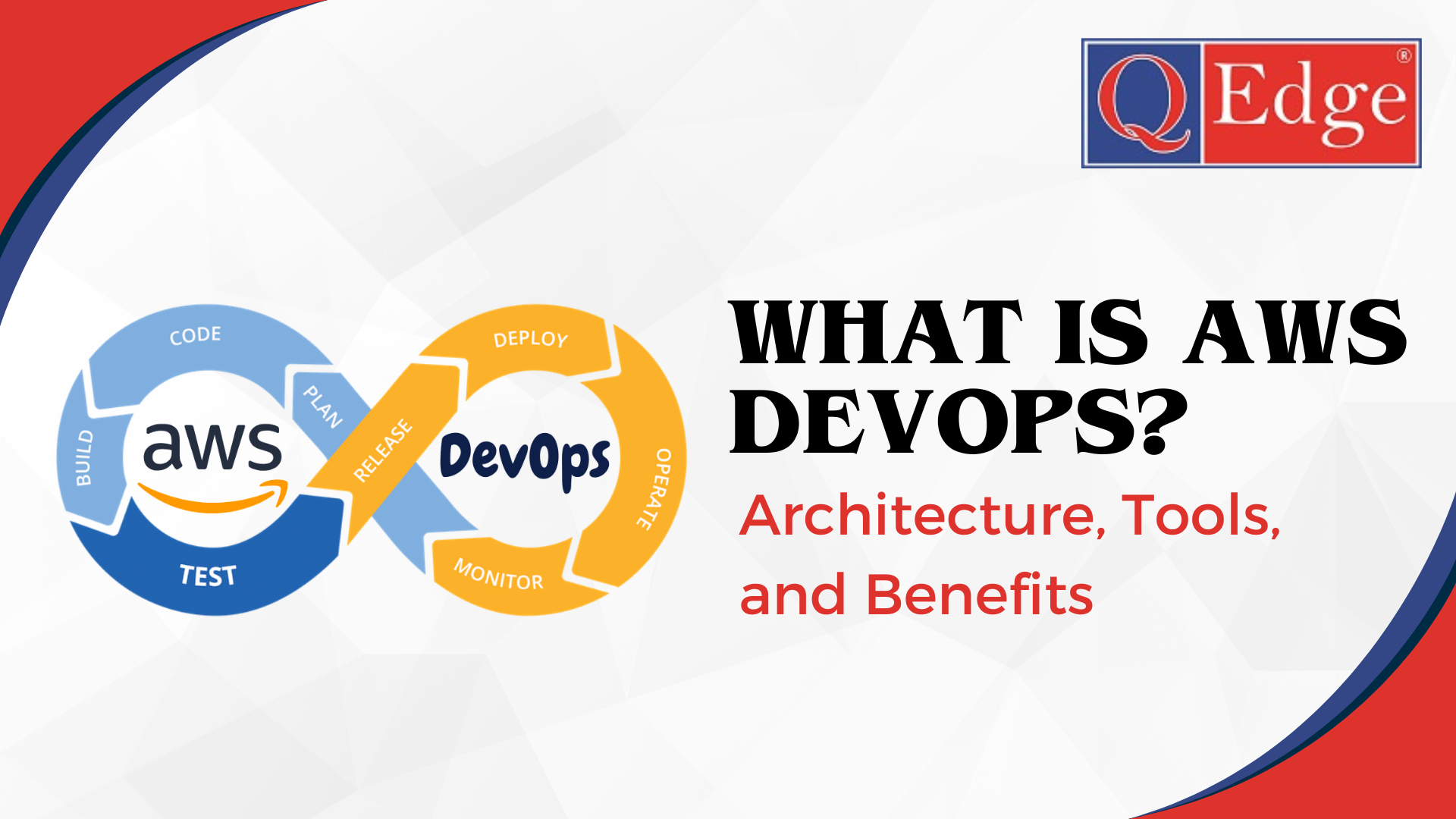What is AWS DevOps? Architecture, Tools, and Benefits

Introduction
In the world of cloud computing, Amazon Web Services (AWS) has become a leading provider, offering a wide range of services to enable businesses to build and manage their applications. One of the key methodologies used in conjunction with AWS is DevOps. In this article, we will explore what AWS DevOps is, its architecture, the tools used, and the benefits it brings to organizations.
What is AWS DevOps?
AWS DevOps is a software development approach that combines development (Dev) and operations (Ops) to enhance collaboration, streamline processes, and deliver high-quality applications. It involves the automation of workflows, continuous integration and delivery (CI/CD), infrastructure as code (IaC), and monitoring and logging practices. With AWS DevOps, organizations can accelerate software development, improve application reliability, and achieve faster time-to-market.
AWS DevOps Architecture
The architecture of AWS DevOps typically involves the following components:
- Code Repository: AWS DevOps relies on a code repository such as AWS CodeCommit, Git, or Bitbucket to store and manage application code. These repositories provide version control, collaboration, and code review capabilities.
- Continuous Integration and Delivery (CI/CD): Tools like AWS CodePipeline, Jenkins, or GitLab CI/CD play a vital role in automating the build, test, and deployment processes. CI/CD pipelines help in integrating code changes, automatically running tests, and deploying applications to the desired environments.
- Infrastructure as Code (IaC): Infrastructure provisioning is achieved using tools like AWS CloudFormation or Terraform, which allow teams to define and manage the infrastructure as code. This approach ensures that infrastructure resources are consistently provisioned, version controlled, and easily reproducible.
- Configuration Management: Tools like AWS Systems Manager, Ansible, or Chef enable the configuration and management of applications and infrastructure. They provide mechanisms for deploying and maintaining consistent configurations across various environments.
- Monitoring and Logging: AWS CloudWatch, Datadog, or Splunk are examples of monitoring and logging tools used in AWS DevOps. These tools monitor application and infrastructure metrics, detect anomalies, and provide insights into system performance.
Benefits of AWS DevOps
- Faster Time-to-Market: By automating processes and streamlining workflows, AWS DevOps enables rapid development, testing, and deployment. This results in quicker releases, allowing organizations to respond to market demands and gain a competitive edge.
- Improved Collaboration: DevOps fosters collaboration between development and operations teams, breaking down silos and promoting shared responsibilities. This collaboration leads to better alignment, increased efficiency, and improved communication across teams.
- Enhanced Application Reliability: With automation, continuous monitoring, and proactive error detection, AWS DevOps helps improve the reliability and resilience of applications. Issues can be identified and resolved more efficiently, reducing downtime and enhancing user experience.
- Scalability and Flexibility: AWS provides a highly scalable infrastructure that aligns well with DevOps practices. Organizations can leverage AWS services like EC2, S3, Lambda, and DynamoDB to scale applications on-demand, ensuring optimal performance during peak loads.
- Cost Optimization: By adopting AWS DevOps practices, organizations can optimize costs by automating infrastructure provisioning, scaling resources as needed, and eliminating manual errors. This results in improved cost efficiency and better utilization of cloud resources.
- Security and Compliance: AWS DevOps includes security practices such as automated security scanning, vulnerability assessments, and role-based access controls. These measures ensure that applications and infrastructure are robust, secure, and compliant with industry regulations.
Conclusion
AWS DevOps combines development and operations practices to enable organizations to build, deploy, and manage applications effectively. By leveraging automation, continuous integration and delivery, infrastructure as code, and monitoring tools, businesses can achieve greater efficiency, improved collaboration, and faster time-to-market. With the numerous benefits it brings, AWS DevOps has become an essential approach for organizations looking to enhance their software development processes and leverage the power of cloud computing.
